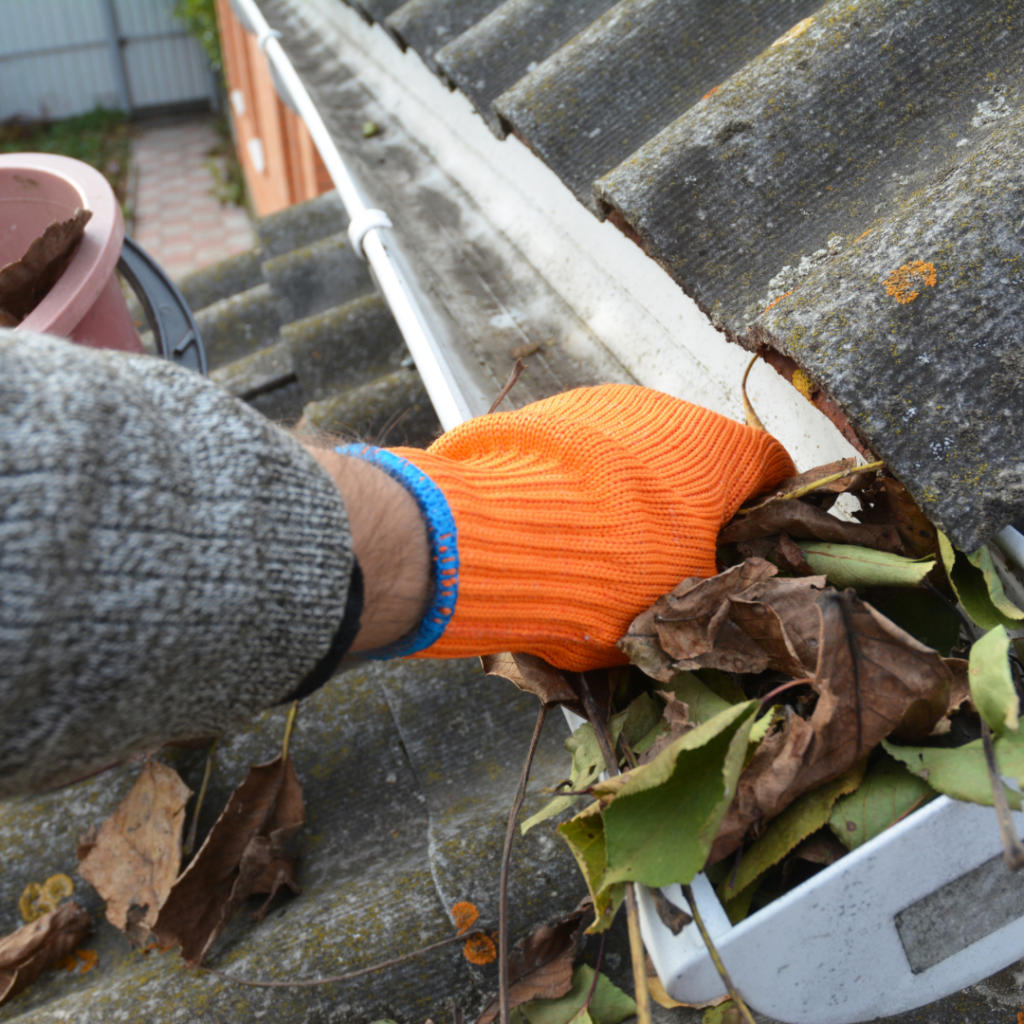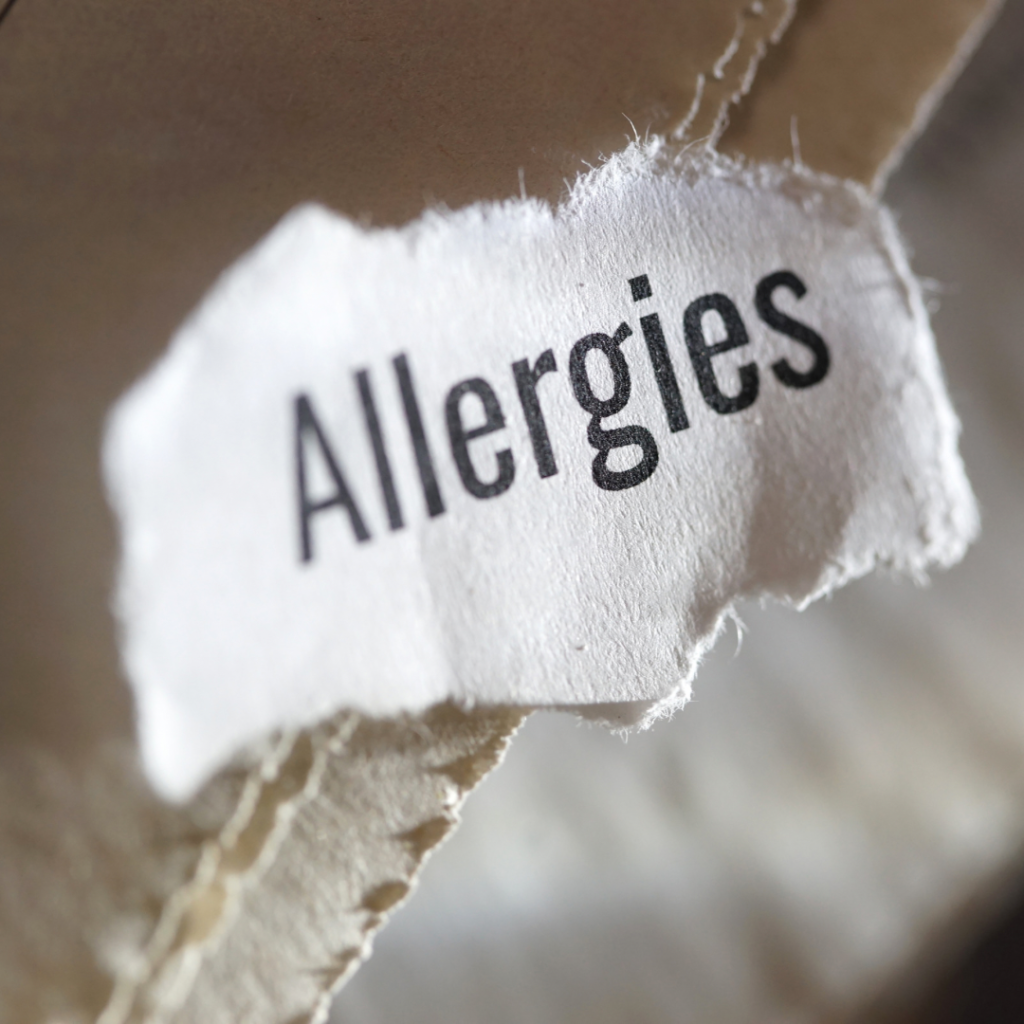Neglected gutters and roofs can pose significant health risks to homeowners. Many people often overlook the importance of regular maintenance and cleaning for these areas of their homes. However, failing to address issues with gutters and roofs can lead to a range of health problems, both for the inhabitants of the house and for the surrounding environment.
In this article, we will explore the various health risks associated with neglected gutters and roofs and discuss why it is crucial to prioritise their maintenance.
1. Mould and Mildew Growth
One of the most significant health risks associated with neglected gutters and roofs is the growth of mould and mildew. When gutters become clogged with leaves, debris, and stagnant water, it creates an ideal environment for mould and mildew to thrive. These fungi release spores into the air, which can trigger allergic reactions and respiratory issues in individuals who are sensitive or allergic to them. Common symptoms include coughing, wheezing, sneezing, itchy eyes, and skin rashes. Prolonged exposure to mould spores can even lead to more severe respiratory conditions, such as asthma.

2. Mosquito Infestations
Clogged gutters and stagnant water provide the perfect breeding ground for mosquitoes. Mosquitoes lay their eggs in standing water, and when gutters are neglected, they can become a haven for these disease-carrying insects. Mosquitoes are known to transmit diseases such as West Nile virus, dengue fever, and malaria. The presence of mosquitoes in and around your home increases the risk of contracting these illnesses. Regularly cleaning and maintaining gutters can help prevent mosquito infestations and reduce the risk of mosquito-borne diseases.

3. Structural Damage and Water Leaks
Neglected gutters and roofs can lead to water damage, which in turn can result in structural issues within the home. When gutters become clogged, water overflows and can seep into the walls, foundation, and roof of the house. This can cause rotting of the wood, weakening of the structure, and the growth of mould and mildew. Additionally, water leaks can create damp conditions, which attract pests such as termites and rodents. These pests can further damage the structure of the house and pose additional health risks.
4. Allergens and Air Quality
The accumulation of debris, leaves, and other organic matter in neglected gutters and roofs can release allergens into the air. When the wind blows or rain falls, these allergens can be dispersed into the surroundings, affecting the air quality both inside and outside the home. For individuals with allergies or respiratory conditions, this can exacerbate symptoms and lead to discomfort and breathing difficulties. Regular cleaning and maintenance of gutters and roofs help prevent the buildup of allergens and improve overall air quality.

5. Fire Hazards
Neglected gutters and roofs can also pose a fire hazard, especially during dry seasons or in areas prone to wildfires. When dry leaves, twigs, and debris accumulate in gutters, they become highly flammable. If a stray spark or ember lands in the gutters, it can quickly ignite the debris and potentially spread to the roof or other parts of the house. Regularly cleaning gutters and removing flammable materials can help reduce the risk of fire and protect your home and the surrounding environment.
Conclusion
Neglected gutters and roofs can have serious health implications for homeowners and the surrounding environment. From the growth of mould and mildew to increased mosquito populations, these risks should not be ignored. Regular maintenance and cleaning of gutters and roofs are essential to prevent these health hazards.
By taking proactive measures to address gutter and roof issues, homeowners can protect their health, maintain the structural integrity of their homes, and create a safe and comfortable living environment. Don’t neglect your gutters and roofs – prioritize their maintenance for the sake of your well-being.